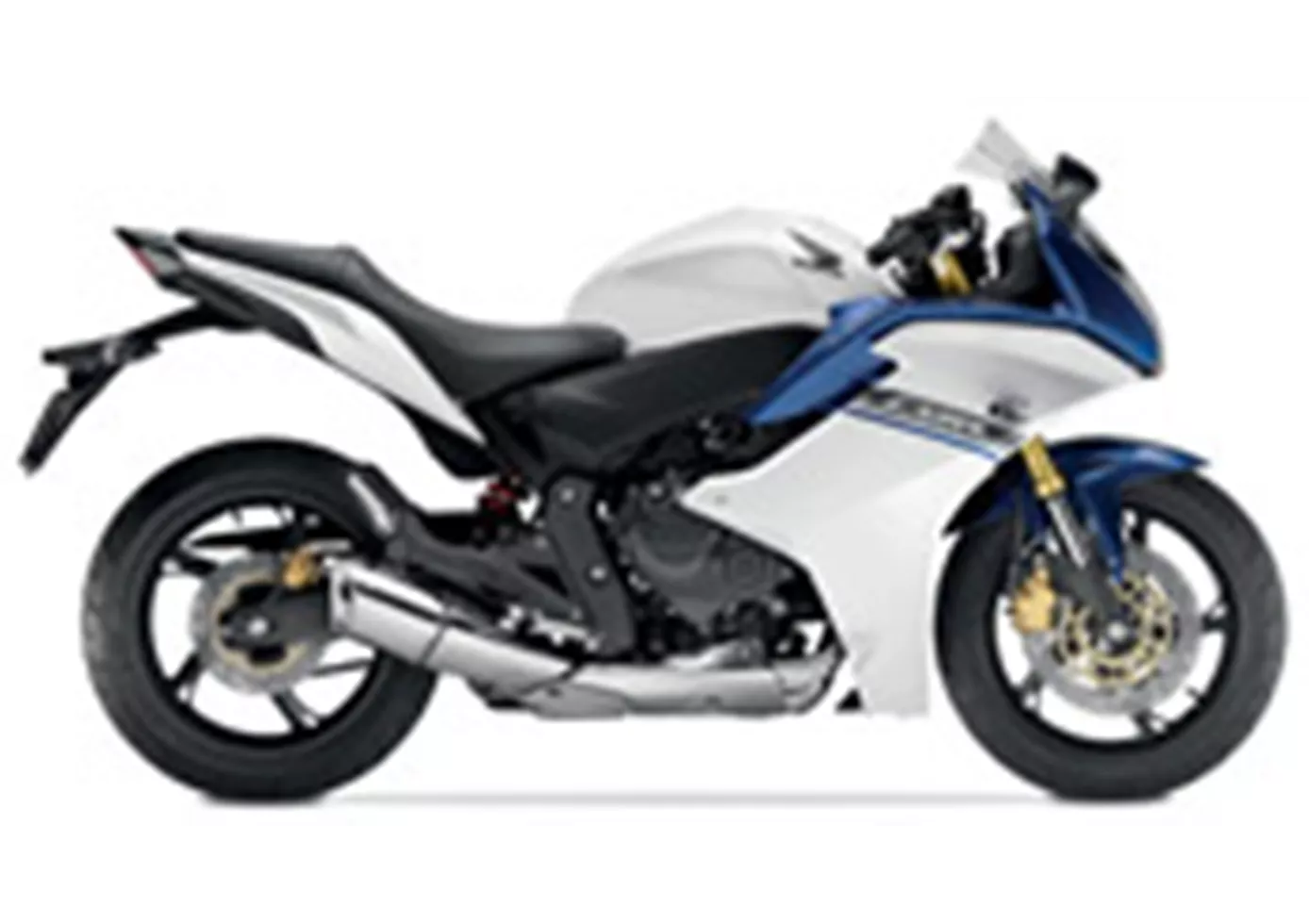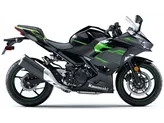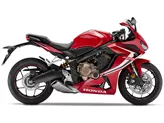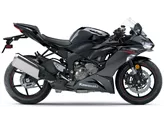Honda CBR 600 F 2011 vs. Kawasaki Ninja 650 2017

Honda CBR 600 F 2011

Kawasaki Ninja 650 2017
Overview - Honda CBR 600 F 2011 vs Kawasaki Ninja 650 2017
The Honda CBR 600 F 2011 and the Kawasaki Ninja 650 2017 are both supersport motorcycles that offer a thrilling riding experience. However, they have some notable differences in terms of their technical specifications and strengths.
Starting with the Honda CBR 600 F 2011, it is equipped with an in-line engine that has a displacement of 599cc. This engine produces a power of 102 HP and a torque of 64 Nm. It has a compression ratio of 12 and features DOHC valves with 4 valves per cylinder. The bike's engine is known for its performance and delivers acceptable power. The CBR 600 F has a comfortable riding position and a padded saddle, making it suitable for long rides. Additionally, it is equipped with C-ABS, which enhances safety by providing better control during braking. However, it has a tachometer that is difficult to read and lacks a gear indicator, which can be inconvenient for some riders.
On the other hand, the Kawasaki Ninja 650 2017 features an in-line engine with a displacement of 649cc. It produces a power of 68.2 HP and a torque of 65.7 Nm. The engine has a compression ratio of 10.8 and also has DOHC valves with 4 valves per cylinder. The Ninja 650 has a transparent chassis design that gives it a sporty look. It offers playful and good-natured handling, making it a fun bike to ride. The brakes on the Ninja 650 are excellent, providing reliable stopping power. The bike also has sharp looks inspired by the ZX-10R model. However, the sound from the stock exhaust is relatively quiet, and the engine may exhibit slight vibrations.

Honda CBR 600 F 2011
In terms of suspension, both bikes feature a monoshock rear suspension. The Honda CBR 600 F 2011 has an upside-down telescopic fork for the front suspension, while the Kawasaki Ninja 650 2017 has a telescopic fork. The CBR 600 F has the advantage of having adjustable preload and rebound for the rear suspension, while the Ninja 650 only has preload adjustment.
In terms of the chassis, the Honda CBR 600 F 2011 has an aluminum frame, while the Kawasaki Ninja 650 2017 has a steel frame. The CBR 600 F has a backbone frame type, while the Ninja 650 has a tubular frame type. Both frames provide stability and durability, but the choice between aluminum and steel may affect the overall weight and handling characteristics of the bike.

Kawasaki Ninja 650 2017
When it comes to brakes, both bikes have double disk brakes at the front. The Honda CBR 600 F 2011 has a front tire width of 170mm and a diameter of 70 inches, while the Kawasaki Ninja 650 2017 has a front tire width of 120mm and a diameter of 17 inches. The rear tire width for both bikes is 170mm, but the CBR 600 F has a rear tire diameter of 55 inches, while the Ninja 650 has a rear tire diameter of 17 inches.
In terms of dimensions and weights, the Honda CBR 600 F 2011 has a wheelbase of 1437mm and a seat height of 800mm. It has a kerb weight of 211kg with ABS and a fuel tank capacity of 20 liters. On the other hand, the Kawasaki Ninja 650 2017 has a slightly shorter wheelbase of 1410mm and a lower seat height of 790mm. It has a kerb weight of 193kg with ABS and a fuel tank capacity of 15 liters.
In conclusion, the Honda CBR 600 F 2011 and the Kawasaki Ninja 650 2017 are both impressive supersport motorcycles with their own unique strengths and weaknesses. The CBR 600 F offers a comfortable riding experience, acceptable performance, and the added safety feature of C-ABS. On the other hand, the Ninja 650 provides a sporty look, playful handling, excellent brakes, and a resilient engine. Riders should consider their priorities and preferences to choose the bike that suits them best.
Technical Specifications Honda CBR 600 F 2011 compared to Kawasaki Ninja 650 2017
Pros and Cons in comparison
Pros and Cons in comparison
Honda CBR 600 F 2011

The CBR600F remains just under the magic 10,000 mark and certainly doesn't disgrace Honda's mid-range. For a modest 520 euro surcharge until the end of May, it also comes with a tempting additional package consisting of a dark-tinted windshield, painted pillion seat and rear wheel cover, tank cap decor, tank pad and crankcase decor set.
Kawasaki Ninja 650 2017

The Ninja 650 firmly stamps its predecessor (Er-6f). The engine has mastered the Euro 4 hurdle well and serves up a very usable 68 hp, the chassis is simply great for this class, and the weight reduction of 18(!) kilos compared to the ER-6f justifies reverent nods.
Price Comparison Avarage Market Price Honda CBR 600 F vs Kawasaki Ninja 650
There are a few key differences between a Honda CBR 600 F 2011 and a Kawasaki Ninja 650 2017. In terms of price, the actual average prices of both motorbikes are almost the same. A Honda CBR 600 F 2011 experiences a loss of 710 USD in one year and 1,020 USD in two years of ownership. This is offset by a loss of 380 USD and 500 USD for a Kawasaki Ninja 650 2017. Compared to Kawasaki Ninja 650 2017 there are more Honda CBR 600 F 2011 bikes available on the 1000PS.de Marketplace, specifically 9 compared to 7. It takes less time to sell a Honda CBR 600 F with 93 days compared to 96 days for a Kawasaki Ninja 650. Since model year 2005 1000PS.de editors have written 7 reviews for the Honda CBR 600 F and 20 reviews for the Kawasaki Ninja 650 since model year 2017. The first review for the Honda CBR 600 F was published on 11/1/2010 and now has more than 12,500 views. This compares to more than 79,600 views for the first review on Kawasaki Ninja 650 published on 10/4/2016.

















